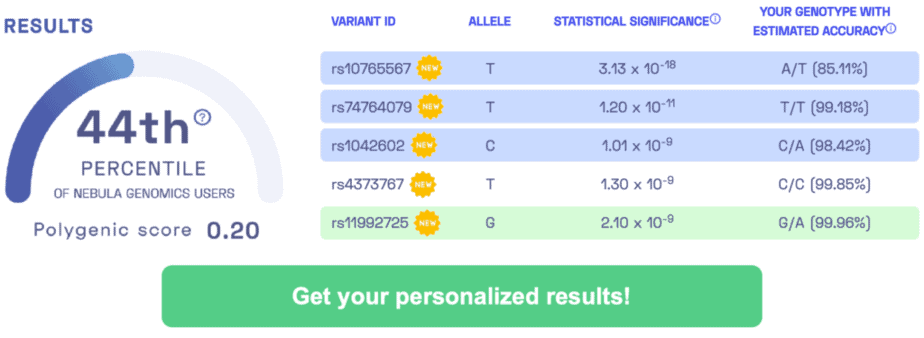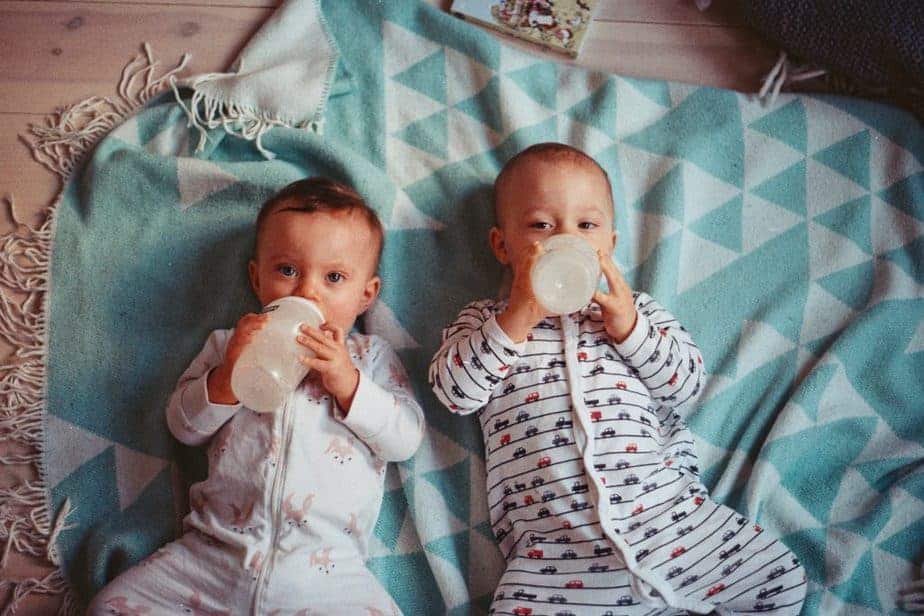STUDY TITLE: Identification of Common Genetic Variants Influencing Spontaneous Dizygotic Twinning and Female Fertility
SUMMARY: Three genetic variants associated with spontaneous dizygotic twinning.
OVERVIEW: If you walk past 30 people in the United States, the odds are good that at least one of them will have a twin brother or sister. Travel to many areas of Asia and that number rockets to 70 people. But, visit the west African country of Benin and you may only need to walk past 16 people to see a twin. Twins can either be monozygotic (identical) or dizygotic (fraternal), but the genetic factors that may influence a woman’s chances of having either type are not well understood. This study examined the genetic data of nearly 15,000 mothers of European ancestry to identify variants associated with dizygotic, or fraternal, twinning. The study found 3 variants that together increase a woman’s odds of delivering twins by over 50%. One is located near a gene that produces FSH. FSH is a hormone important for development of eggs inside a woman’s ovaries.
DID YOU KNOW? Women over the age of 30 have an increased chance of giving birth to twins. This is likely because levels of FSH increase as women age. [SOURCE]
SAMPLE RESULTS: Learn more about the Nebula Research Library.

TWINNING-ASSOCIATED VARIANTS: rs11031006, rs17293443, rs12064669
ADDITIONAL RESOURCES:
Dizygotic twins
WEEKLY UPDATE: March 2, 2020
